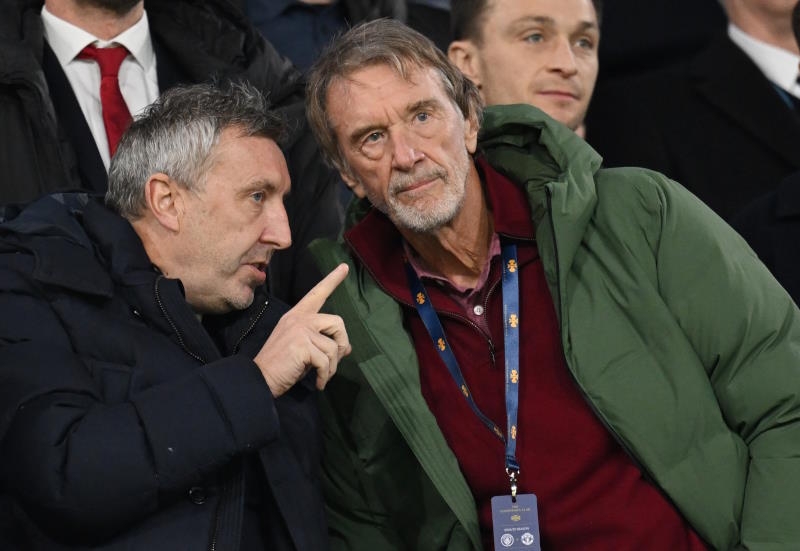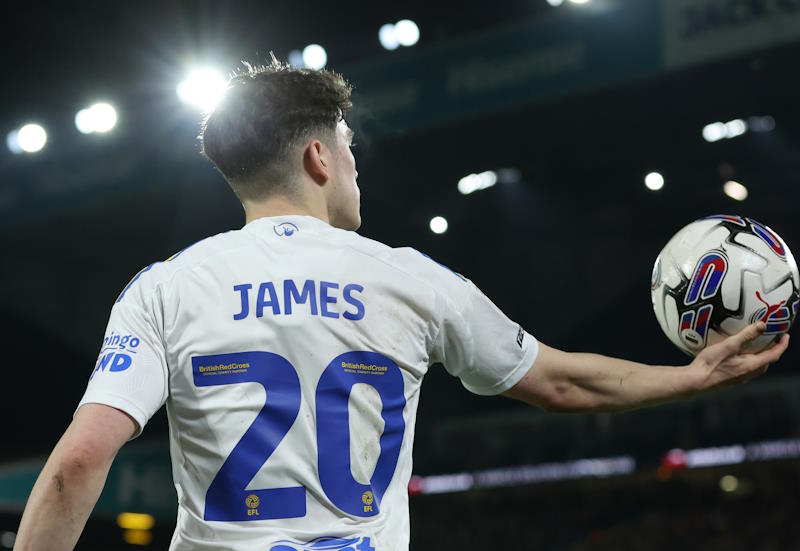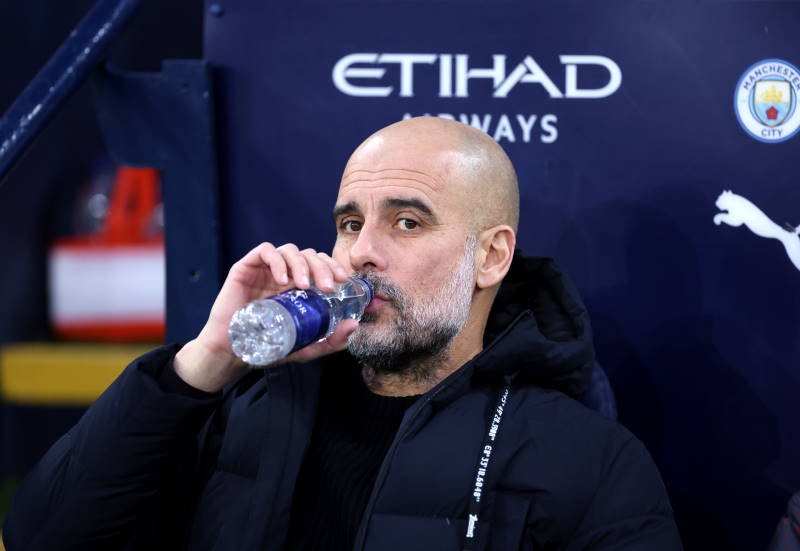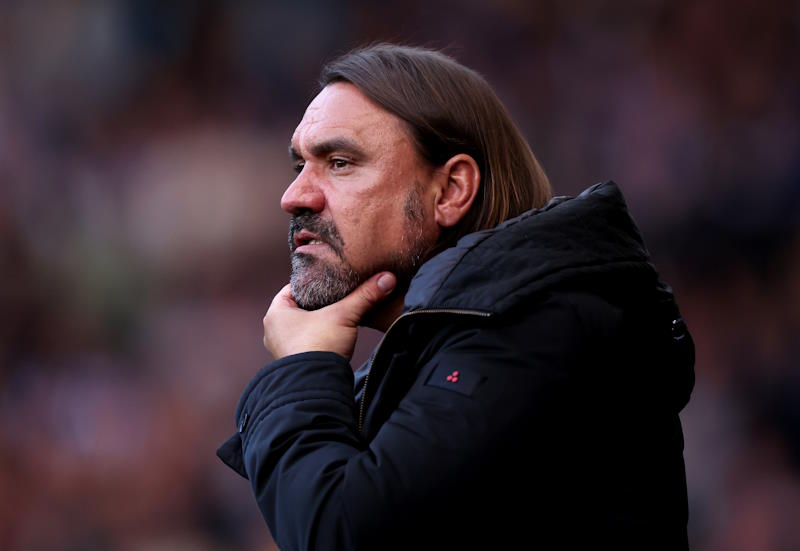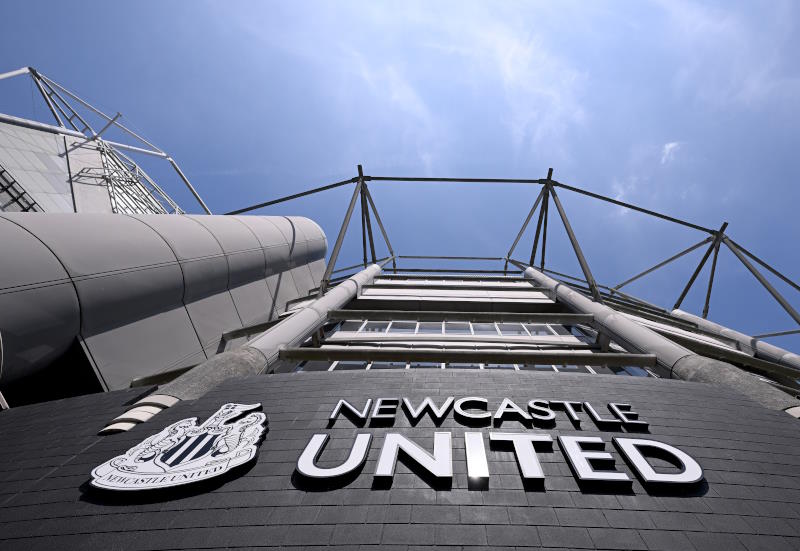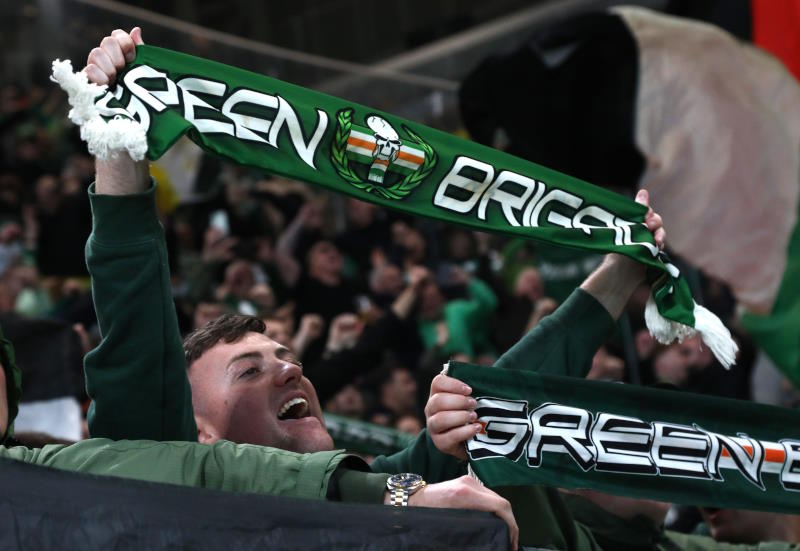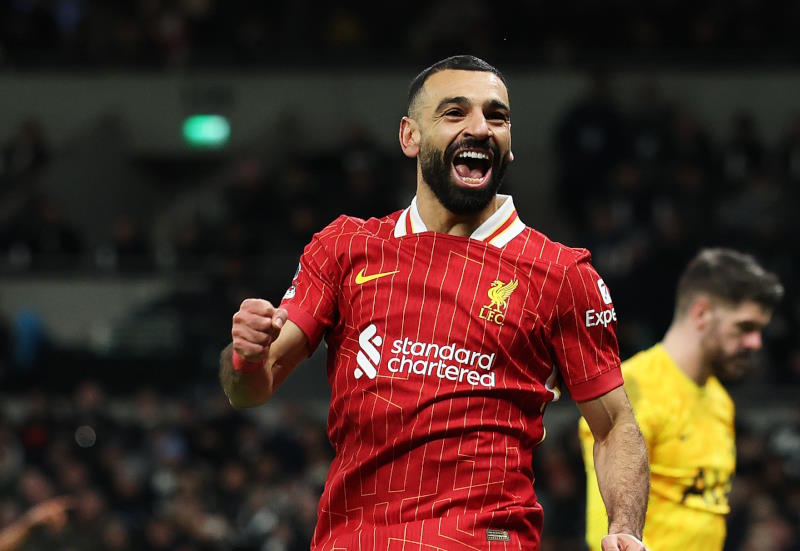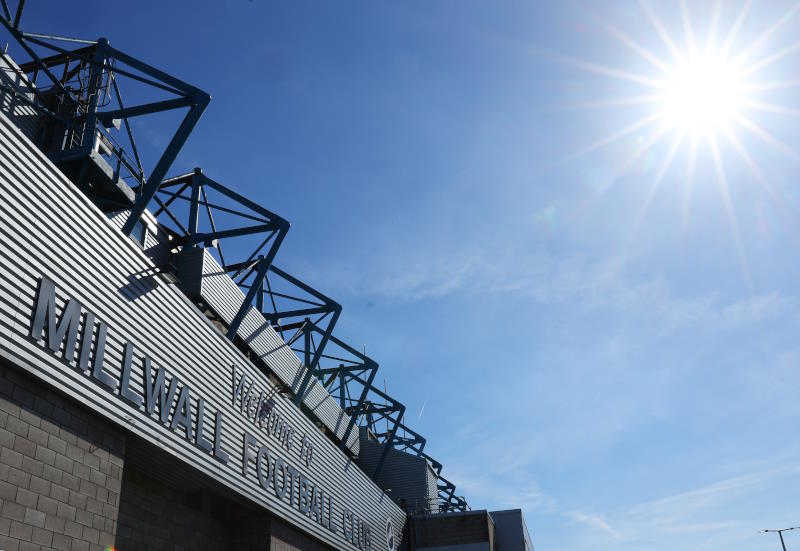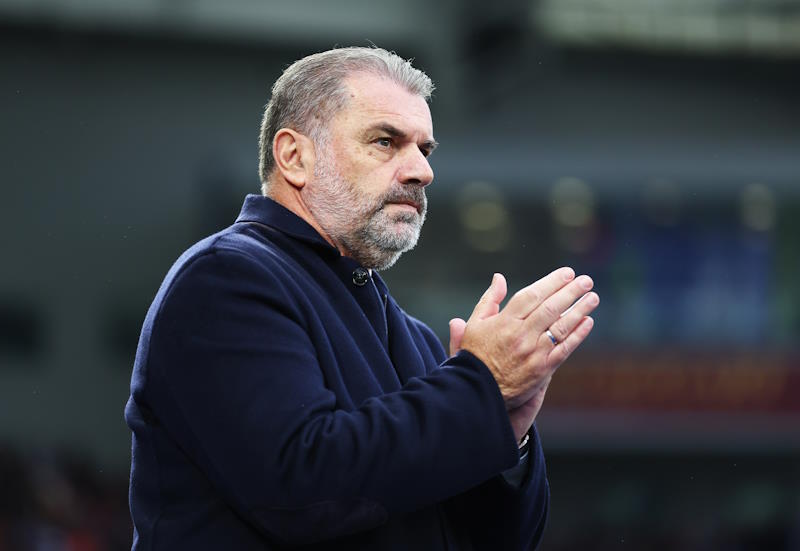
Athletic Bilbao’s hiring of Marcelo Bielsa was one of the more intriguing coaching appointments of last summer. The obsessive Argentine coach, nicknamed ‘El Loco’, undertook to bring intense, slick-passing football to the San Mames – a far cry from the perceived long-ball tactics of his predecessor Joaquin Caparros. With Spain’s La Liga season having just passed its midway point, opinions can start to be formed on whether Bielsa is delivering.
Athletic finished sixth last season and under any normal circumstances it is highly unlikely Caparros would have been moved on. As it was, last summer saw presidential elections at the San Mames. The incumbent Fernando Garcia Macua, who had appointed Caparros upon taking charge in 2007, lost out to former player Jusu Urrutia, who had already reached an agreement for Bielsa to take over should he emerge victorious from the elections.
Bielsa arrived in Bilbao to much fanfare and excitement, but endured a shaky start to the campaign with his side failing to win any of their first five league matches. Thereafter, however, things improved immensely and following the 20th round of games the Basques are in sixth place, just two points off the final Champions League spot currently occupied by Levante. What’s more, Athletic are in the semi-finals of the Copa del Rey and the last 32 of the Europa League.
So results wise, Bielsa is performing well, especially considering that this is his first season in charge and that it took some time for his charges to understand exactly what he expected of them. But has the Argentine managed to combine good results with the quick passing football for which he is so revered?
Last season under Caparros, Athletic’s average possession was 47.1%, the fifth worst in the league. They also only made 308 short passes per match (seventh worst in the league) and had no player in the top 40 of most completed passes per match. The turnaround under Bielsa has been remarkable. Athletic’s average possession this season is 56.3%, the third best in the league behind only Barcelona and Real Madrid, and they complete 422 short passes per match (again the third best in the league). In contrast to last season, three of their players (Ander Herrera, Javi Martinez and Andoni Iraola) appear in the top 40 for most completed passes per match, with Fernando Amorebieta also having completed more passes than last season’s top performer in that regard, Pablo Orbaiz.
This evolution to a possession based, passing centric style has seen Athletic move away from the directness that was a hallmark of the Caparros regime. Last season 22.61% of Athletic’s passes were either long balls or crosses; this season that figure has fallen to 16.77%. Perhaps most indicative of the shift of philosophy is the role of goalkeeper Gorka Iraizoz. Last season he played 8.7 long balls per match (the second highest in the league); this season he’s played just 6 per match (18th in the league), suggesting Athletic are looking to play the ball short out of defence more often. This is backed up by Iraizoz’s greater passing accuracy this season, in which he has successfully completed 72.9% of passes compared to 63.9% last season.
Despite the differences in approach between the two coaches, some things still remain the same, such as Athletic’s reliance on the right sided combination play of Andoni Iraola and Markel Susaeta. In 2010/11, 37% of Athletic’s attacks were concentrated on that side of the pitch and between them the two players managed ten assists over the season; in 2011/12, 42% of Athletic’s attacks have been down the right, with the pair sharing six assists so far. It is Susaeta who appears to be benefiting most under Bielsa, however, passing the ball nearly twice as much as he did under Caparros and already providing more assists (four) than he did over the entirety of last season (three).
Small technical players like Susaeta and the ever-improving Iker Muniain were always likely to function more effectively in a system that prioritised the quick movement of the ball along the ground through midfield rather than direct to the strikers, but what of a player like Fernando Llorente, the burly centre-forward who blossomed into a Spanish international under Caparros?
After a slow start to the campaign, when despite scoring against Espanyol he looked decidedly off the pace and ill-suited to the attempts at slick football around him, Llorente burst to life with two goals in Athletic’s victory away to Real Sociedad in the Basque derby in early October. Ever since, he has appeared more at ease, although it is also important to note that Bielsa, perhaps sensing that alternative striking options were somewhat lacking, has slightly modified his tactical approach to make better use of Llorente’s aerial and physical approach when appropriate.
Llorente, in many ways the totem of the previous regime, in fact currently enjoys a better goals per match ratio under Bielsa than he did under Caparros. His ten goals this campaign have come at a rate of one every 1.7 matches, whereas last season he scored at a rate of a goal every 2.11 matches. What’s more, his passing completion percentage has also improved, albeit marginally, from 62.9% to 65.5%. Bielsa hasn’t quite managed to work the same magic on hard-working forward Gaizka Toquero, a player who skillfully straddles the fine line between fan favourite and figure of fun. For the second consecutive season Toquero has the worst pass completion percentage of any outfield player in the league.
If one were to label Bielsa’s Athletic with one criticism it would be that they perhaps have not created enough chances from the additional possession they have enjoyed in comparison to last season. They have actually had, on average, just over one less attempt on goal per match (12.2 to 13.4) than last season, while their average goals per match has slightly decreased from 1.55 to 1.5. In comparison with the rest of the league in 2011/12, Athletic actually have the worst shots per percentage of possession ratio, but the fifth best goals per percentage of possession ratio, suggesting that the chances they do create are of good quality, even if they do not arrive in the quantity Bielsa may hope them to.
While it is the effect increased possession has had on Athletic’s attack that is most visible when watching them in action, it has also contributed to an improved defensive record. In 2010/11 the Basque outfit conceded 1.45 goals per match on average; in 2011/12 thus far they have conceded just 1.25. Controlling possession obviously plays it big part in neutering the attacking intentions of opponents, but it would be remiss not to point out that Athletic have also been more proactive in winning possession, making 19.42% more tackles and 28.63% more interceptions than last season.
Overall then, Bielsa is performing admirably. He has completely altered Athletic’s philosophy and style of play, but has done so without compromising results – in fact this season’s Athletic have averaged 1.55 points per match, ever so slightly more than the 1.53 they averaged in Caparros’ final season. If they can maintain their current form then a top four finish is certainly not out of the question and any early doubts over the Argentine’s ability to coach in Europe have certainly now been quashed.
Given another pre-season to work intensively with the squad and promote some of the promising youngsters coming through the ranks into the first team setup it will be highly interesting to see what Bielsa and his team can manage next season. If their evolution this season is anything to go by the future of the club is looking very bright indeed.

